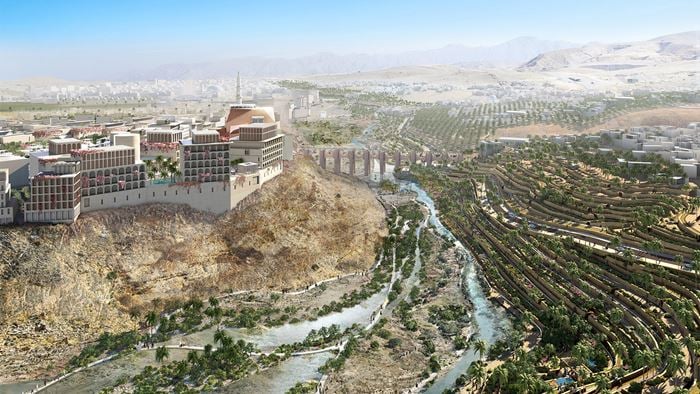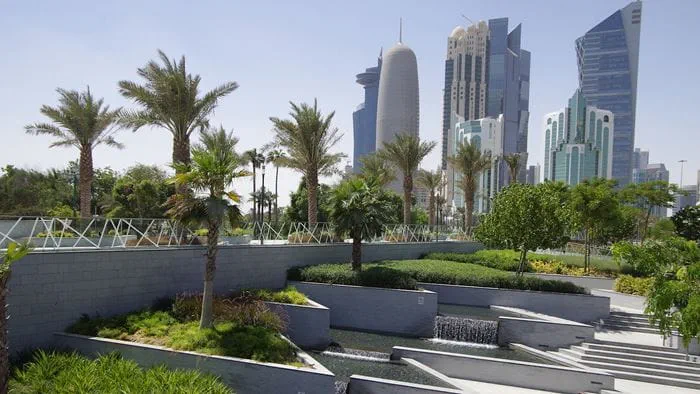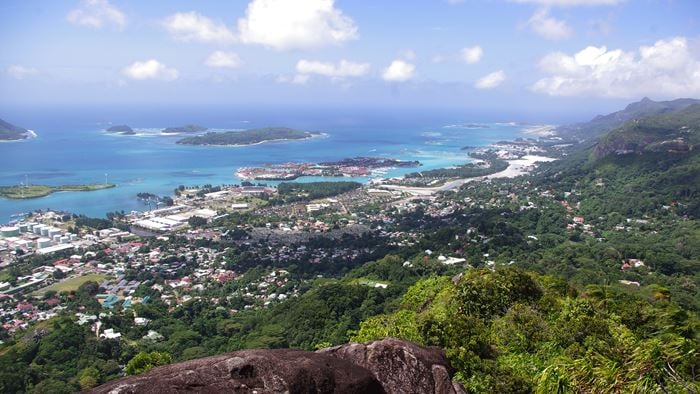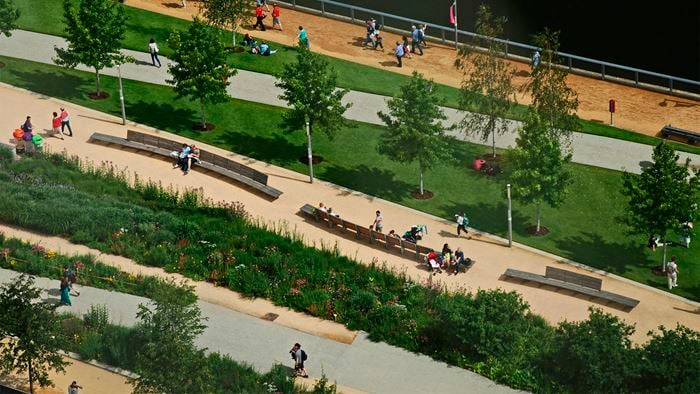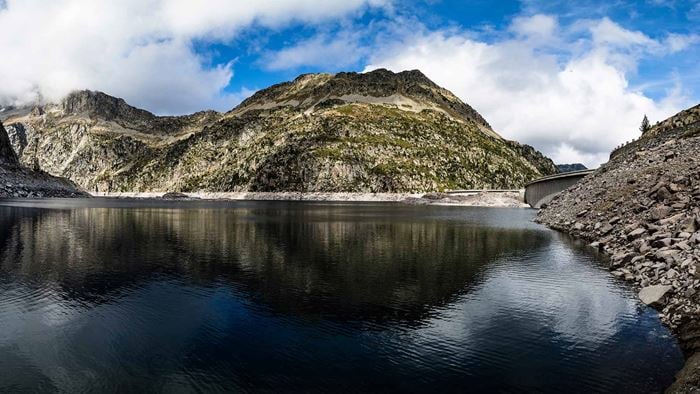Built in the 17th century, the 60ha Ulsoor Lake is part of a network of hundreds of reservoirs in Bangalore built by the Gowda Kings to provide the city with a sustainable potable water supply. The lakes were connected by stormwater channels known as Nalahs.
Today, the Ulsoor Lake is one of the largest lakes remaining of this network, suffering from environmental challenges including poor water quality, degraded landscape and ecology, poor public realm, as well as the abundance of surrounding vehicular traffic.
We were commissioned to provide a holistic vision, approach, and solutions to enhance the public realm and environment in and around the lake with a detailed implementation strategy, and a series of short term quick win initiatives to attract strategic long term investments.
Project Summary
60ha lake is at the centre of India's information technology capital
13mis the projected population of Bangalore in 2025
18km2catchment area for Ulsoor Lake
A catalyst for continued, enduring and sustainable growth
Underpinning the success, are the participation of the community in the transformation of the lake, as well as the water quality improvements.
We also encouraged our client to use the remediation as a catalyst to bring the lake back to the heart of the community, and as a centre of vibrant city life in Bangalore.
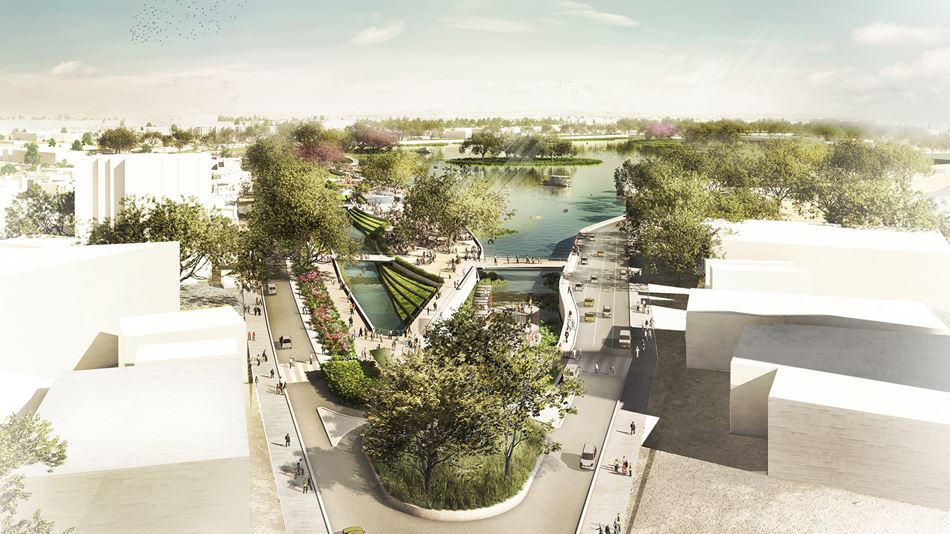
Our strategy for Ulsoor lake provides an example for future projects in India, catalysing continued, enduring and sustainable growth across the country.
The proposals are structured around four key initiatives designed to tackle the issues of the whole catchment and deliver lasting change for both people and place.
Clean the lake
Before tackling enhancements and the creation of public space, the water quality requires resolution. This involves redirecting foul water, aerating the lake, increasing capacity within the interceptor system and improving sanitation and public health infrastructure in the immediate catchment around the lake. This will not only improve the quality of the lake, but critically reduce the risk and impact of disease and enhance the quality of life of citizens.
Reactivate the lake
Cleaning the lake unlocks the public realm around it, our strategy proposes a lake of many places. Gateways, spaces and markers form a distinctive welcome and are linked by a network of boardwalks. Beautifully constructed and robustly detailed, these create connections across the lake. New public spaces will include a unique wetland landscape, a bustling community hub, and a waterfront landscape.
Connect the lake to the city
Surrounded by highways and with no dedicated pedestrian or cycle infrastructure, Ulsoor sits disconnected from the thriving urban realm around it. Our bold strategy looks to overcome these barriers using green infrastructure and the extensive Nalah network to link places at the lake with communities and public transport.
Engagement and governance
Ulsoor will not be a success without a behavioural change and the participation of the local community. Our strategy proposes a new ‘Friends of Ulsoor Lake’ organisation chaired by the City Mayor, a community based digital forum called LakeTalk providing an open platform for users, and a series of events which profile the lake, its performance and transformation, including a triathlon and community swim, amongst others.
Meaningful infrastructure
In developing our proposal for Ulsoor Lake we are supporting the delivery of meaningful infrastructure that delivers social, economic and environmental benefits.
Beyond providing an exciting and attractive public realm, we will deliver a functional scheme that embeds green and blue infrastructure into the whole catchment.
This will potentially return a potable water supply and will resolve the generations’ long severance between the lake and communities at the heart of one of India’s oldest and most densely populated cities.

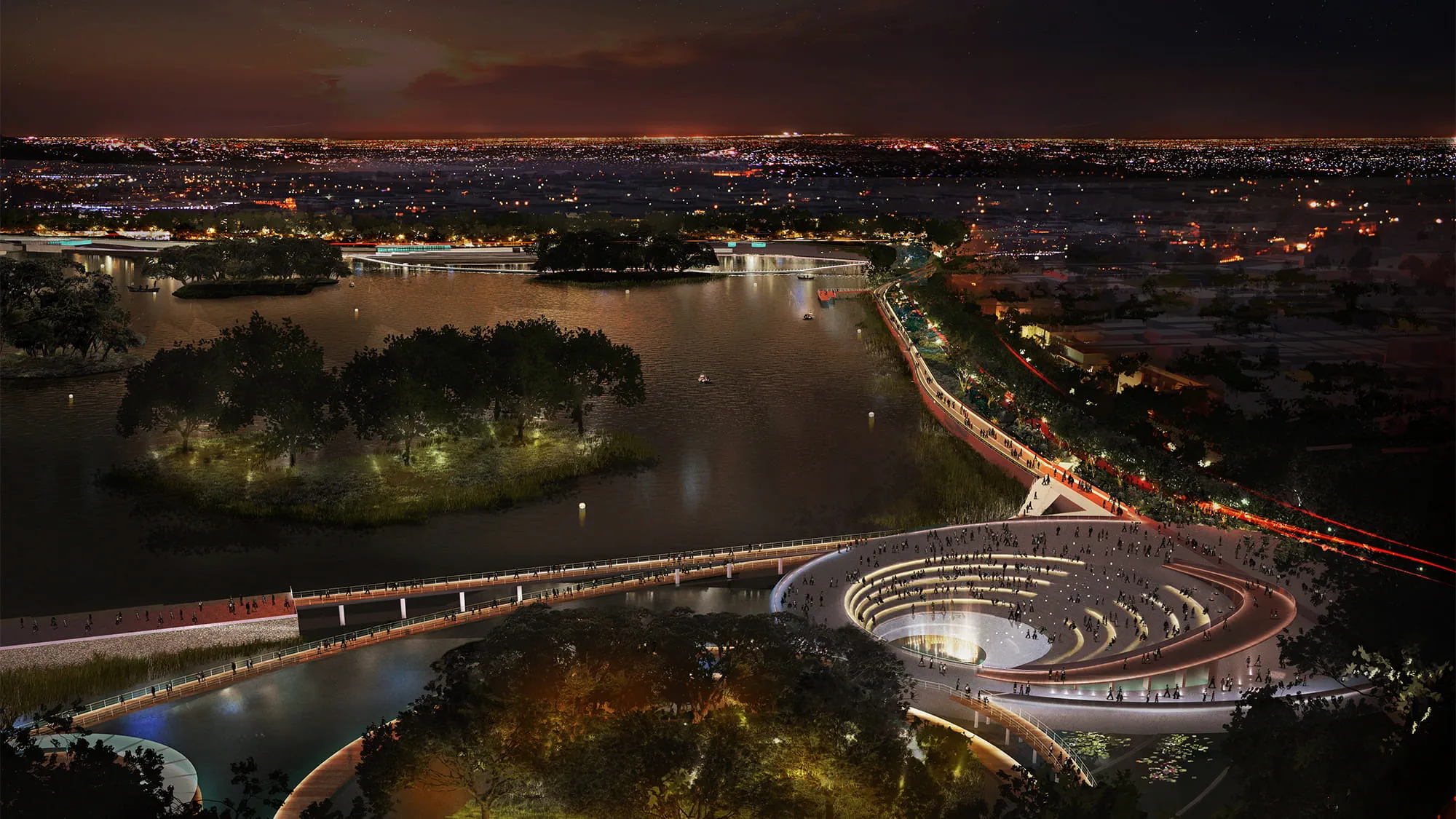 ;
;

